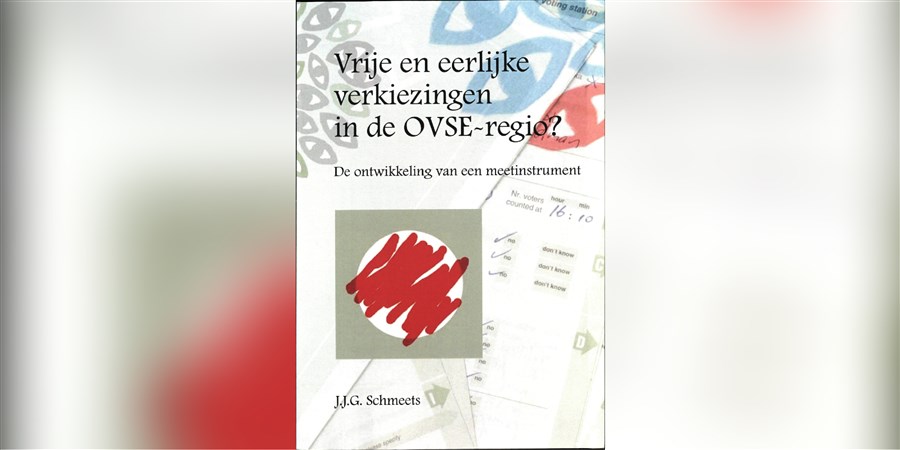Free and fair elections in the OSCE-Region? The development of a measurement tool (in Dutch)

In 1990, in Copenhagen, the CSCE member states agreed to observe each other’s elections. In 1994 the CSCE became the Organisation for Security and Cooperation in Europe (OSCE). All member states may request the OSCE to observe and assess the elections. For this purpose the OSCE may request the 55 member states to send international observers to participate in the election process and make the assessments. The observers, operating under the OSCE umbrella, visit the voting centres and report their observations in a questionnaire. Soon after, usually within 24 to 48 hours, the OSCE makes a preliminary statement about the elections. The final report is usually published a few months later.
This study focuses on the observations and interpretation of the observers’ findings. By developing a standard methodology, to be used as a measurement tool, it is aimed to improve the structure and to objectify the election observation. This objective has resulted in the following definition of the problem: In which way can a measurement tool for election observation missions in the OSCE-region be developed that will increase the transparency and unambiguous interpretation of the observers’ findings on election day(s)? This problem has been formulated in three research questions concerning (1) the operationalisation of ‘free and fair elections’ based on the Copenhagen commitments; (2) the development of a ‘free and fair’-index to assess the elections; and (3) the ways to compare and to interpret the findings in election observation missions.
Schmeets, J. J. G. (2002). Free and fair elections in the OSCE-Region? The development of a measurement tool (in Dutch). Dissertation, Radboud University Nijmegen, handle:2066/62600.